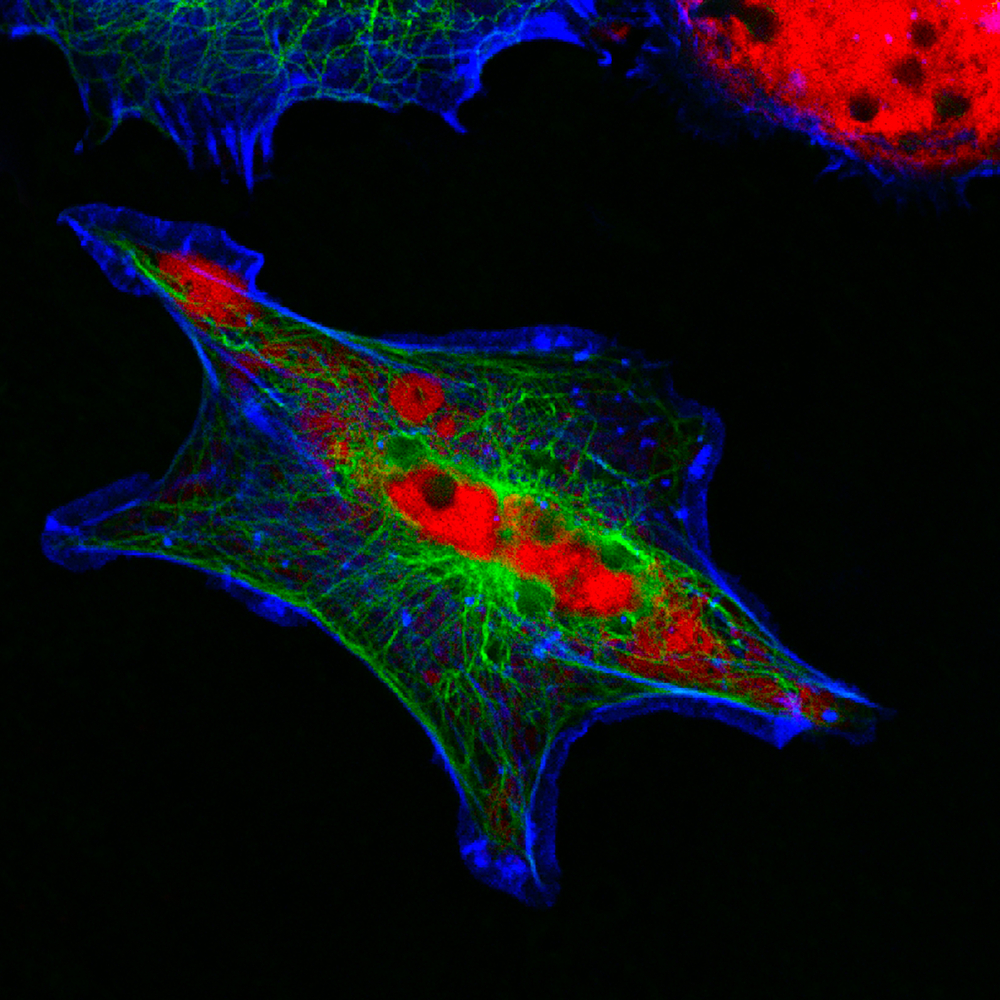
Aggressive forms of neuroblastoma contain a specific protein in their cells’ nuclei that is not found in the nuclei of more benign forms of the cancer, and the discovery, made through research from the University of Rochester Medical Center (URMC), could lead to new forms of targeted therapy.
EYA1, a protein that contributes to ear development, is present in the cytoplasm of many neuroblastoma tumors, but this protein migrates to the nucleus in the cells of more aggressive forms of the disease. The research, recently published in two medical research journals, allows for the development of targeted drugs that will work to prevent the neuroblastoma from reaching this more aggressive stage; researchers at URMC and elsewhere have already begun testing some of these potential treatments in a laboratory setting.
“Neuroblastoma is one of the most common and deadly forms of childhood cancer, and this discovery allows us to identify drugs that prevent the change in EYA1 structure and potentially minimize the danger to a child who has this disease,” said Nina Schor, M.D., Ph.D., professor of Pediatrics and Neuroscience and the William H. Eilinger Chair of Pediatrics at URMC.
The EYA1 protein enters the cancer cell’s nucleus due to the presence of an enzyme called PRMT1. The presence of this enzyme also results in the increased hardiness of a second protein, N-MYC, which has long been known to increase the aggressiveness of neuroblastoma when it is present in higher-than-normal amounts.
So by limiting the effectiveness of the PRMT1 enzyme, researchers believe they can decrease the damage done by both proteins at once.
“Inhibitors of PRMT1 may deliver a ‘one-two punch’ to neuroblastomas before they become deadly,” said Schor.




